New phosphor means LED lights will be brighter when on, less yellow when off

You might not have known it, but the LEDs in many LED bulbs aren’t white, they’re actually blue. In order to get them to emit the white-ish tones that we find to be so pleasing (about 2700K for indoor lighting) that blue light has to be adjusted. To do this manufacturers use what’s know as a phosphor — basically a luminescent material — to filter the light and adjust the color temperature. It’s a great solution, but it can result in a bulb that looks yellow (like the Philips AmbientLED above) when they aren’t operating.
The AmbientLED is a great bulb, but it looks a bit strange when it’s turned off (being yellow and all). The solution to this is better phosphors, and those come from companies like Intematix. They just announced their new ChromaLit XT, is a phosphor solution that offers up to 30% increased efficiency compared to competing products and comes in a more “neutral” (less yellow) color. The material can withstand up to 270 degrees C (518 degrees F) so it can handle anything an LED array is going to throw at it.
 Since you’ll never buy an Intematix product and you probably don’t spend much time thinking about remote phosphor material, why does this matter? It’s all about appearances. The tone of ChromaLit XT appears in the image on the right — notice how much lighter it is than the gold color used in current phosphor solutions (above). It’s still yellow, but it’s not nearly as jarring a color. And that’s just the change in the course of a single product cycle. Before long the color could get even lighter and our LED bulbs will look even more normal.
Since you’ll never buy an Intematix product and you probably don’t spend much time thinking about remote phosphor material, why does this matter? It’s all about appearances. The tone of ChromaLit XT appears in the image on the right — notice how much lighter it is than the gold color used in current phosphor solutions (above). It’s still yellow, but it’s not nearly as jarring a color. And that’s just the change in the course of a single product cycle. Before long the color could get even lighter and our LED bulbs will look even more normal.Of course, the aesthetics are just one part of the update. The new ChromaLit XT lets out more lumens, which means more light for the same amount of power. That’s a big deal, because LED lighting is all about efficiency.
Intematix announced that the first partner will be UK-based light producer Vexica, who makes LED downlights. While it will take some time for materials like ChromaLit XT so hit consumer products, you can bet you’ll be seeing brighter, less yellow (in the off state) LED bulbs in the future.
Source: Geek






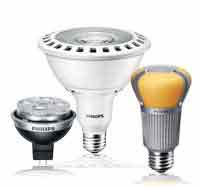
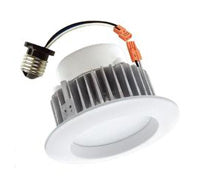

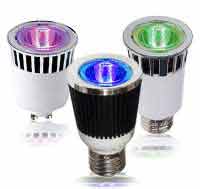


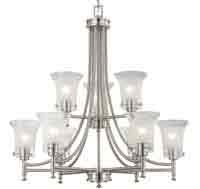
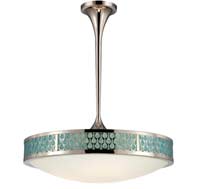











Comments